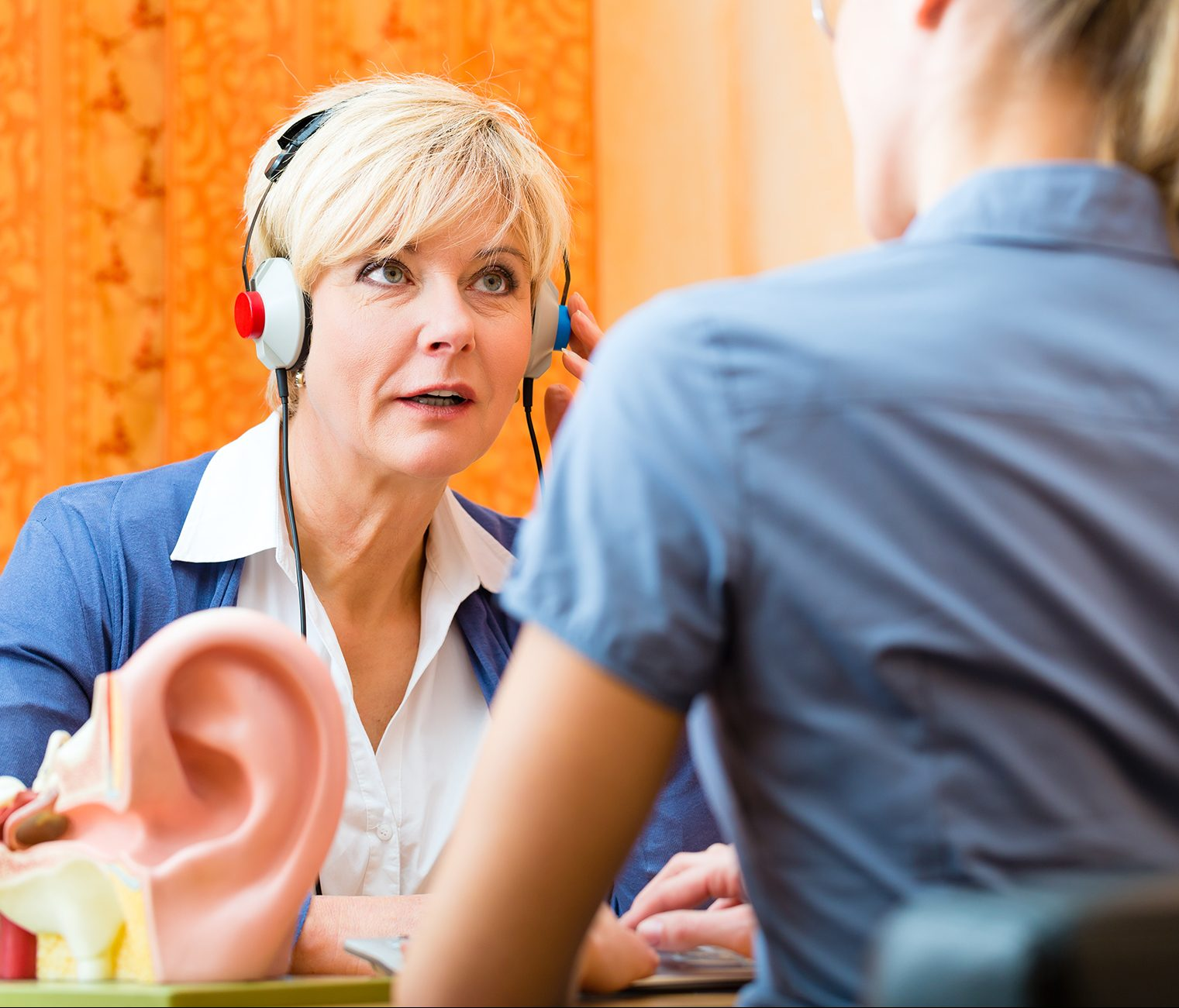Introduction
In the symphony of life, every child deserves to hear every note. Whether it’s the whisper of a breeze, the murmur of a stream, or the laughter of friends, hearing connects us profoundly to the world. This connection is critical for children’s emotional, social, and cognitive development. This is why hearing tests, often overlooked, are essential milestones in a child’s growth journey. Let’s explore the whys and hows of hearing tests for children, navigating through their significance, the process, and the innovations making these tests more accessible than ever.
Why Hearing Tests for Children are Crucial
Early Detection is Key
Hearing loss can significantly impact a child’s ability to develop speech, language, and social skills. The earlier the hearing loss occurs in a child’s life, the more serious the effects on the child’s development. Similarly, the earlier the problem is identified, and intervention begins, the less severe the impact.
Academic Challenges
Children with undiagnosed hearing loss might face unnecessary challenges in their academic journey. They may struggle to keep up with lessons, participate in class, or interact with peers, not because of a lack of ability or intelligence but simply because they cannot hear well.
Emotional and Social Development
Hearing is crucial for emotional and social development. Children learn to communicate by imitating the sounds they hear. If they cannot hear those sounds accurately, their basic communication skills could be delayed, affecting their social interactions and possibly leading to isolation.
How Hearing Tests are Conducted
Screening for Newborns
The journey of hearing tests begins shortly after birth. Newborn hearing screenings are non-invasive and can detect potential hearing issues. These tests are crucial for early intervention, which can make a significant difference in a child’s development.
Regular Check-ups
As children grow, their hearing should be tested regularly. These check-ups can catch hearing loss after birth, ensuring children have the best support for their learning and development.
Types of Tests
Several types of hearing tests are suitable for children, depending on their age and level of understanding. These include otoacoustic emissions (OAE) tests, auditory brainstem response (ABR) tests, and play audiometry, which makes the testing process interactive and engaging for older children.
Innovations in Hearing Tests: The Role of Technology
The Rise of Hearing Test Online
Technology has paved the way for innovations like hearing test online in our digital age. These tests provide a convenient option for preliminary screenings, allowing parents to check their child’s hearing from home. While not a substitute for professional diagnosis and testing, online hearing tests can be a valuable tool in the early detection of hearing issues.
Apps and Games
There are also apps and games designed to test hearing while making the process fun for children. These tools use sound frequencies and volumes to assess hearing, turning what could be a scary or boring experience into an enjoyable activity.
Teleaudiology
Teleaudiology has become a valuable resource, especially in remote or underserved areas. This practice involves remote hearing tests and audiologist consultations, making hearing healthcare accessible to all children.
The Path Forward: Ensuring Access to Hearing Tests for Every Child
While technology has significantly improved the accessibility of hearing tests, there remains a substantial journey ahead to guarantee that every child can benefit from these crucial screenings. Communities, healthcare providers, and policymakers must collaboratively dismantle the multifaceted barriers obstructing universal access to hearing healthcare. These barriers include not only cost and physical accessibility but also a lack of awareness among parents and guardians about the importance of early hearing assessments. Additionally, there is a need to enhance the training of professionals who conduct these tests, ensuring they are equipped with the latest knowledge and technology. Efforts should also be directed towards integrating hearing health into broader health and education policies, emphasizing the role of listening in overall development and learning. By addressing these challenges head-on, we can move closer to a future where every child’s right to hear and thereby fully engage with the world around them is realized.
Conclusion
Hearing tests for children are more than just routine check-ups; they’re crucial to ensuring every child can fully connect with the world around them. Through early detection, innovative testing methods, and a commitment to accessibility, we can support the development and well-being of every child, letting them experience the entire symphony of life’s sounds. Let’s make hearing health a priority for the sake of our children’s future.


